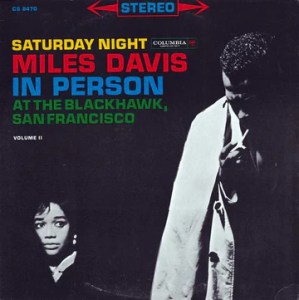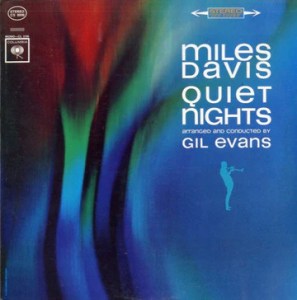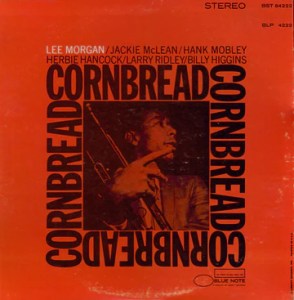
- With two killer Nearly Triple Plus (A++ to A+++) sides, this 6-Eye Stereo pressing is close to the BEST we have ever heard, right up there with our Shootout Winner
- Reasonably quiet vinyl for an early label pressing, few are this clean, and none come any quieter if our experience with dozens of them over the years counts for anything
- The better copies capture the realistic sound of Davis’s horn, the body, the breath and the bite (and the correct amount of squawk as well)
- Balanced, clear and undistorted, this 30th Street recording shows just how good Columbia’s engineers (lead by the inestimable Fred Plaut) were back then
- 5 stars: “Sketches of Spain is the most luxuriant and stridently romantic recording Davis ever made. To listen to it in the 21st century is still a spine-tingling experience…”
- This pressing is clearly a demo disc for orchestral size and space
On the best pressings of this masterpiece, the sound is truly magical. (AMG has that dead right in their review.) It is lively but never strained. Davis’s horn has breath and bite, just like the real thing. What more can you ask for?
On the better pressings of this masterpiece, the sound is truly magical. (AMG has that dead right in their review.) It is lively but never strained. Davis’s horn has breath and bite, just like the real thing. What more can you ask for?
We Was Wrong in the Past About HP and Six Eye Labels
In previous commentary we had written:
Harry Pearson added this record to his TAS list of super discs many years ago, not exactly a tough call it seems to us. Who can’t hear that this is an amazing sounding recording?
Of course, you can be quite sure that he would have been listening exclusively to the earliest pressings on the Six Eye label. Which simply means that he probably never heard a copy with the clarity, transparency, and freedom from distortion that these later label pressings offer.
The Six Eyes are full of Tubey Magic, don’t get me wrong; Davis’s trumpet can be and usually is wonderful sounding.
It’s everything else that tends to suffer, especially the strings, which are shrill and smeary on most copies, Six Eyes, 360s and Red Labels included.
Over the course of the last few years, we’ve come to appreciate just how good the right Six Eye stereo pressing can sound.
In other words, we was wrong.
A Big Group of Musicians Needs This Kind of Space
One of the qualities that we don’t talk about on the site nearly enough is the SIZE of the record’s presentation. Some copies of the album just sound small — they don’t extend all the way to the outside edges of the speakers, and they don’t seem to take up all the space from the floor to the ceiling. In addition, the sound can often be recessed, with a lack of presence and immediacy in the center.
Other copies — my notes for these copies often read “BIG and BOLD” — create a huge soundfield, with the music positively jumping out of the speakers. They’re not brighter, they’re not more aggressive, they’re not hyped-up in any way, they’re just bigger and clearer.
And most of the time those very special pressings are just plain more involving. When you hear a copy that does all that — a copy like this one — it’s an entirely different listening experience.
(more…)









